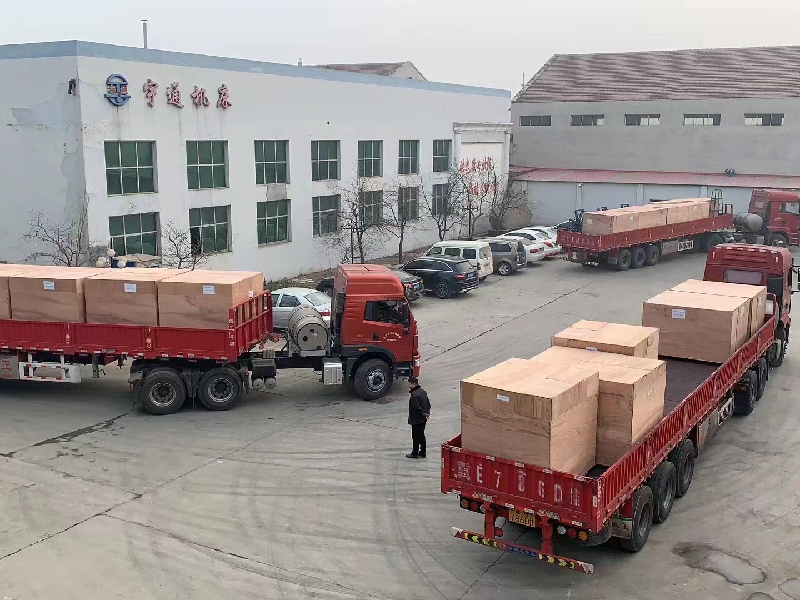
-
 Afrikaans
Afrikaans -
 Albanian
Albanian -
 Amharic
Amharic -
 Arabic
Arabic -
 Armenian
Armenian -
 Azerbaijani
Azerbaijani -
 Basque
Basque -
 Belarusian
Belarusian -
 Bengali
Bengali -
 Bosnian
Bosnian -
 Bulgarian
Bulgarian -
 Catalan
Catalan -
 Cebuano
Cebuano -
 Corsican
Corsican -
 Croatian
Croatian -
 Czech
Czech -
 Danish
Danish -
 Dutch
Dutch -
 English
English -
 Esperanto
Esperanto -
 Estonian
Estonian -
 Finnish
Finnish -
 French
French -
 Frisian
Frisian -
 Galician
Galician -
 Georgian
Georgian -
 German
German -
 Greek
Greek -
 Gujarati
Gujarati -
 Haitian Creole
Haitian Creole -
 hausa
hausa -
 hawaiian
hawaiian -
 Hebrew
Hebrew -
 Hindi
Hindi -
 Miao
Miao -
 Hungarian
Hungarian -
 Icelandic
Icelandic -
 igbo
igbo -
 Indonesian
Indonesian -
 irish
irish -
 Italian
Italian -
 Japanese
Japanese -
 Javanese
Javanese -
 Kannada
Kannada -
 kazakh
kazakh -
 Khmer
Khmer -
 Rwandese
Rwandese -
 Korean
Korean -
 Kurdish
Kurdish -
 Kyrgyz
Kyrgyz -
 Lao
Lao -
 Latin
Latin -
 Latvian
Latvian -
 Lithuanian
Lithuanian -
 Luxembourgish
Luxembourgish -
 Macedonian
Macedonian -
 Malgashi
Malgashi -
 Malay
Malay -
 Malayalam
Malayalam -
 Maltese
Maltese -
 Maori
Maori -
 Marathi
Marathi -
 Mongolian
Mongolian -
 Myanmar
Myanmar -
 Nepali
Nepali -
 Norwegian
Norwegian -
 Norwegian
Norwegian -
 Occitan
Occitan -
 Pashto
Pashto -
 Persian
Persian -
 Polish
Polish -
 Portuguese
Portuguese -
 Punjabi
Punjabi -
 Romanian
Romanian -
 Russian
Russian -
 Samoan
Samoan -
 Scottish Gaelic
Scottish Gaelic -
 Serbian
Serbian -
 Sesotho
Sesotho -
 Shona
Shona -
 Sindhi
Sindhi -
 Sinhala
Sinhala -
 Slovak
Slovak -
 Slovenian
Slovenian -
 Somali
Somali -
 Spanish
Spanish -
 Sundanese
Sundanese -
 Swahili
Swahili -
 Swedish
Swedish -
 Tagalog
Tagalog -
 Tajik
Tajik -
 Tamil
Tamil -
 Tatar
Tatar -
 Telugu
Telugu -
 Thai
Thai -
 Turkish
Turkish -
 Turkmen
Turkmen -
 Ukrainian
Ukrainian -
 Urdu
Urdu -
 Uighur
Uighur -
 Uzbek
Uzbek -
 Vietnamese
Vietnamese -
 Welsh
Welsh -
 Bantu
Bantu -
 Yiddish
Yiddish -
 Yoruba
Yoruba -
 Zulu
Zulu
Optimal Setup Procedures for Thread Rolling Machines in Manufacturing Processes
Overview of Thread Rolling Machine Setup
Thread rolling is a widely used method in manufacturing that produces threaded fasteners by deforming the metal rather than cutting it, resulting in stronger and more resilient threads. The setup of a thread rolling machine is crucial to ensure efficiency, precision, and the quality of the final product. In this article, we will explore the key components and steps involved in setting up a thread rolling machine for optimal performance.
Understanding the Components
A thread rolling machine typically consists of several key components, each playing an essential role in the process
1. Rolling Dies The heart of the thread rolling machine, these specially shaped dies are critical for creating the desired thread profile. The choice of die design and material impacts the final quality of the threads.
2. Workpiece Holder This part securely grips the workpiece during the rolling process. Proper alignment and positioning of the workpiece in the holder are essential for producing accurate threads.
3. Drive Mechanism The machine is powered by an electric motor that drives the rolling operation. The speed and torque parameters of the motor must be calibrated correctly to suit the specific material being rolled.
4. Lubrication System Lubricants reduce friction and heat generation during the rolling process, which can lead to better surface finish and longer tool life. An effective lubrication system is vital for maximizing productivity.
5. Control Panel Modern machines are often equipped with an electronic control panel that allows operators to adjust settings such as speed, stroke length, and feeding rate precisely.
Setup Steps
thread rolling machine setup

Setting up a thread rolling machine requires careful attention to detail to ensure that every component is correctly aligned and calibrated. Here’s a step-by-step guide to setting up the machine
1. Prepare the Machine Begin by cleaning the machine and checking for any signs of wear or damage. Ensure that all moving parts are lubricated and functioning smoothly.
2. Install the Dies Select the appropriate rolling dies based on the thread specifications required for the job. Proper installation is crucial—dies must be aligned correctly to avoid unacceptable thread profiles.
3. Adjust the Workpiece Holder The workpiece must be securely positioned in the holder. Adjust the clamping mechanism to ensure that the workpiece will not slip or rotate during the rolling process.
4. Calibrate the Drive Mechanism Set the motor speed and torque according to the specifications of the material. Conducting preliminary tests can help fine-tune these settings.
5. Set Up the Lubrication System Ensure that the lubrication system is filled with the recommended lubricant, and that it is functioning correctly. A consistent lubricant application is essential for maintaining optimal rolling conditions.
6. Run a Test Cycle Before commencing mass production, run a test cycle using scrap material. This allows operators to verify the accuracy of the threads and make any necessary adjustments to the setup.
7. Monitor Production Once production has begun, continuous monitoring is essential. Inspect the quality of the threads regularly to ensure that the setup remains optimal throughout the production run.
Conclusion
The setup of a thread rolling machine is a critical factor that influences both productivity and product quality in manufacturing operations. By understanding the essential components and following a systematic approach to setup, manufacturers can enhance the efficiency and durability of their production processes. A well-set machine not only produces high-quality threaded fasteners but also minimizes waste, reduces production costs, and maximizes overall operational efficiency. Therefore, investing time in the proper setup of thread rolling machines is indispensable for any manufacturing facility looking to remain competitive in today's demanding market.
